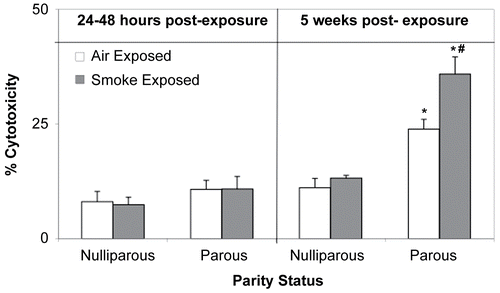Figures & data
Table 1 Experimental groups of mice and biological parameters evaluated.
Table 2 Effect of cigarette smoke exposure on female fertility and gestation.
Figure 1. Effect of cigarette smoke (CS) exposure and pregnancy on pubic symphysis diameter. *Significantly increased (p < 0.05) from both virgin exposure groups. Values represent the mean (n = 6 dams/exposure group) ± SE, determined from the 24– 48 hr post-exposure timepoint.
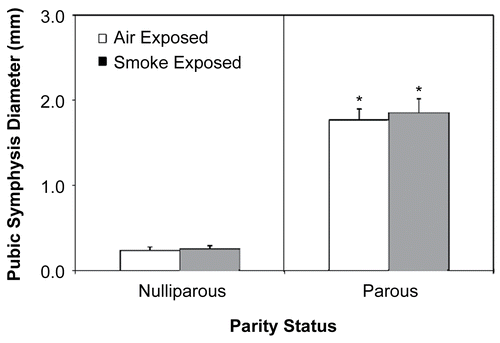
Table 3 Effects of cigarette smoke exposure and parity status on body and lymphoid organ weights determined 24– 48 hr post-parturition.
Figure 2. Effects of cigarette smoke (CS) exposure and parity status on lavageable lung cell profiles at (A) 24– 48 hr and (B) 5 wk post-exposure and, blood cell differential counts at (C) 24– 48 hr and (D) 5 wk post-exposure. A total of three slides were counted and 100 cells/slide. Values represent the mean (n = 6–8 mice/exposure group) ± SE. ACNP = Air control nulliparous; CSNP = Cigarette smoke nulliparous; ACP = Air control pregnant; and CSP = Cigarette smoke pregnant.
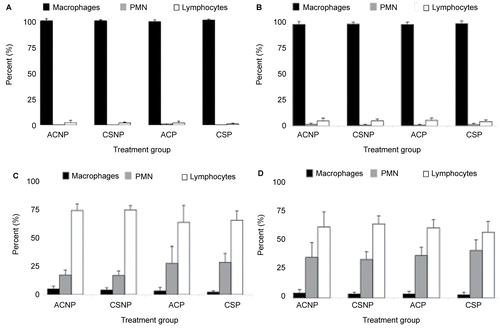
Figure 3. Light photomicrographs of alveolar parenchyma from the lungs of filtered air alone- and cigarette smoke (CS)-exposed nulliparous and parous mice 24– 48 hr post-exposure. Alveolar parenchyma is shown from mice in experimental groups ACNP (A), CSNP (B), ACP (C), and CSP (D). A few, widely scattered, histologically normal alveolar macrophages (arrows with open arrowheads) can be seen in the air control mice (A and C). Increased numbers of slightly hypertrophic alveolar macrophages containing phagocytized dark brown/black particles (arrows with closed arrowheads) are apparent in the smoke-exposed groups (B and D). a = alveolar airspace; ad = alveolar duct airspace. No histological features of alveolar inflammation or epithelial proliferation were present in any of the lung sections. Tissues sections were stained with H & E and examined at 100 X magnification.
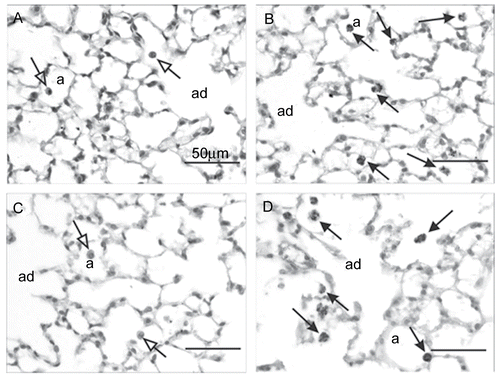
Figure 4. Effects of cigarette smoke (CS) and parity status on EL4 cell-induced tumor incidence. *Significantly increased (p < 0.05) from time- and parity-matched air controls. #Significantly increased (p < 0.01) from time- and treatment-matched virgin mice. Tumor incidence calculated as ([Number of mice with palpable tumors/Number of mice injected with EL4 cells]) × 100; (n = 8–15 mice injected with EL4 cells/exposure group).
![Figure 4. Effects of cigarette smoke (CS) and parity status on EL4 cell-induced tumor incidence. *Significantly increased (p < 0.05) from time- and parity-matched air controls. #Significantly increased (p < 0.01) from time- and treatment-matched virgin mice. Tumor incidence calculated as ([Number of mice with palpable tumors/Number of mice injected with EL4 cells]) × 100; (n = 8–15 mice injected with EL4 cells/exposure group).](/cms/asset/598b7681-8097-4c49-ab4e-b98e3ae6fd9f/iimt_a_395281_f0004_b.gif)
Figure 5. Effects of cigarette smoke (CS) and parity status on tumor growth rate. *Significantly decreased (p < 0.05) from time-matched air-exposed parous and nulliparous groups. Values represent the mean (n = 3–14 mice/exposure group) ± SE. Values determined from those mice demonstrating palpable tumors. (n) = Number of EL4-injected mice with palpable tumors.

Figure 6. Effects of cigarette smoke (CS) and parity status on time-to-tumor formation. Values represent the mean (n = 3–14 mice/exposure group) ± SE. Values determined from those mice demonstrating palpable tumors. (n) = Number of EL4-injected mice with palpable tumors.
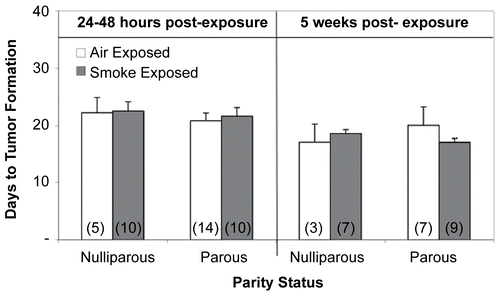
Figure 7. Effects of cigarette smoke (CS) and parity status on cytotoxic T-lymphocyte (CTL) activity. *Significantly increased (p < 0.01) from time- and exposure-matched nulliparous groups. #Significantly increased (p < 0.01) from time- and parity-matched air control mice. Values represent the mean (n = 6–8 mice/exposure group) ± SE.
